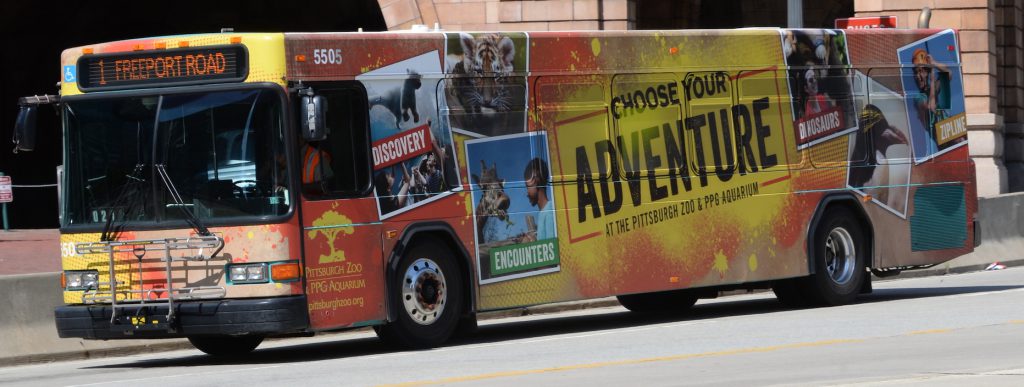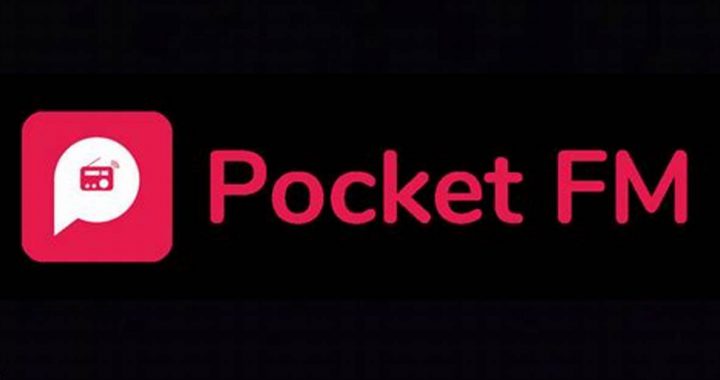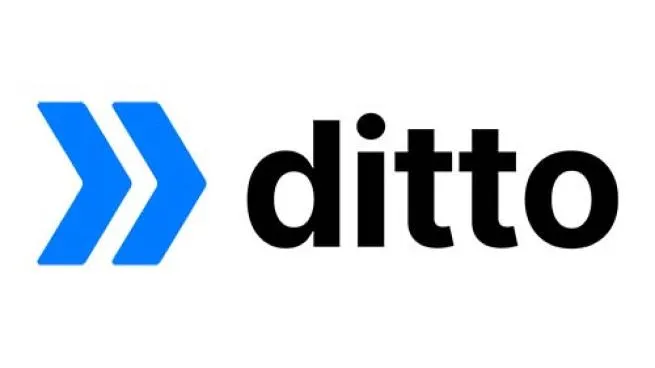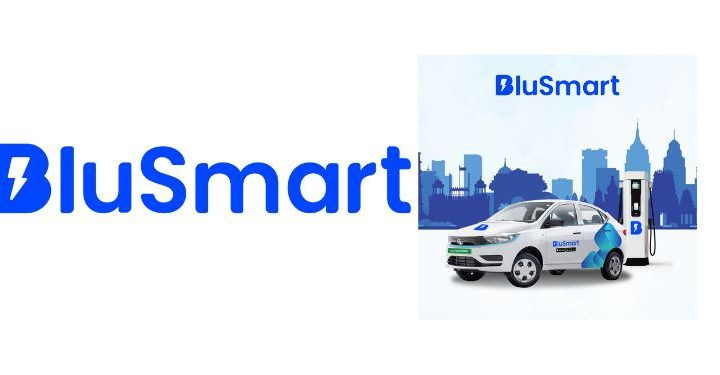What is the difference between transit media and outdoor media?
3 min read
What is the Difference Between Transit Media and Outdoor Media?
Understanding the distinction between transit media and outdoor media is essential for effectively planning and executing advertising campaigns. Both types of media fall under the umbrella of Out-Of-Home (OOH) advertising but serve different purposes and utilize different spaces.
Transit Media
Transit media refers to advertising placed on and within public transportation vehicles and transit environments. This includes:
- Bus Ads: Ads placed on the sides, backs, or interiors of buses.
- Subway and Train Ads: Posters, digital screens, and wraps inside and outside of subway and train cars.
- Taxi and Rideshare Ads: Roof-top ads, wraps, and in-car screens in taxis and rideshare vehicles.
- Airport Ads: Banners, digital displays, and posters in and around airport terminals.
- Transit Shelter Ads: Posters and digital screens in bus shelters and transit stops.
Key Features of Transit Media:
- Mobile Audience: Transit ads reach people on the move, capturing the attention of commuters and travelers.
- High Frequency: Regular commuters see the ads repeatedly, increasing brand recall.
- Targeted Reach: Ads can be targeted to specific routes and locations, reaching a relevant audience.
- Diverse Formats: Includes various formats like vehicle wraps, interior cards, digital screens, and station posters.
Outdoor Media
Outdoor media encompasses all advertising displayed outside of the home but typically excludes transit-specific ads. This includes:
- Billboards: Large signs placed along highways, roads, and high-traffic areas.
- Digital Billboards: Electronic billboards that display dynamic, changing content.
- Street Furniture Ads: Ads on public amenities like benches, kiosks, and phone booths.
- Wallscapes: Large ads placed on the sides of buildings.
- Posters and Banners: Smaller scale ads in public areas such as shopping centers and sports venues.
- Ambient Media: Creative and unconventional ads placed in unexpected locations.
Key Features of Outdoor Media:
- Static and Dynamic Formats: Includes both traditional static billboards and dynamic digital displays.
- High Visibility: Strategically placed in high-traffic areas for maximum exposure.
- Broad Reach: Reaches a wide audience, including pedestrians, drivers, and passengers.
- Creative Flexibility: Allows for large, eye-catching designs and innovative displays.
Comparing Transit Media and Outdoor Media
Mobility vs. Static Placement:
- Transit Media: Moves with the vehicle, reaching a mobile audience.
- Outdoor Media: Stationary, placed in fixed high-visibility locations.
Audience Interaction:
- Transit Media: Targets commuters and travelers in specific transit environments.
- Outdoor Media: Targets a broader audience in various public spaces.
Frequency of Exposure:
- Transit Media: Offers repeated exposure to regular commuters.
- Outdoor Media: Provides continuous visibility in fixed locations.
Ad Formats:
- Transit Media: Includes vehicle wraps, interior ads, and transit station ads.
- Outdoor Media: Includes billboards, digital screens, street furniture, and ambient ads.
Choosing the Right Media for Your Campaign
Selecting between transit media and outdoor media depends on your campaign goals, target audience, and budget. If you aim to reach a mobile, commuting audience with high-frequency exposure, transit is an excellent choice. On the other hand, if you want broad visibility in high-traffic areas with diverse ad formats, outdoor media is ideal.
Why Choose MyHoardings?
At MyHoardings, we specialize in both transit and outdoor media, offering comprehensive solutions to meet your advertising needs. Our expert team can help you plan, execute, and optimize your campaigns to ensure maximum impact and reach.
Contact MyHoardings today to explore the best advertising options for your brand and achieve your marketing objectives.

This article provides a detailed comparison between transit-media and outdoor media, helping users understand their unique benefits and applications.
Types of Transit OOH Media
|
Digital Billboard Advertising Rates
| City | Location | Size (ft) | Cost per Month (Approx) |
|---|---|---|---|
| Mumbai | Bandra-Worli Sea Link | 20x10 | ₹4,00,000 |
| Delhi | Connaught Place | 20x10 | ₹3,00,000 |
| Bangalore | MG Road | 20x10 | ₹2,50,000 |
| Chennai | Anna Salai | 20x10 | ₹2,00,000 |
| Hyderabad | Hi-Tech City | 20x10 | ₹1,80,000 |













